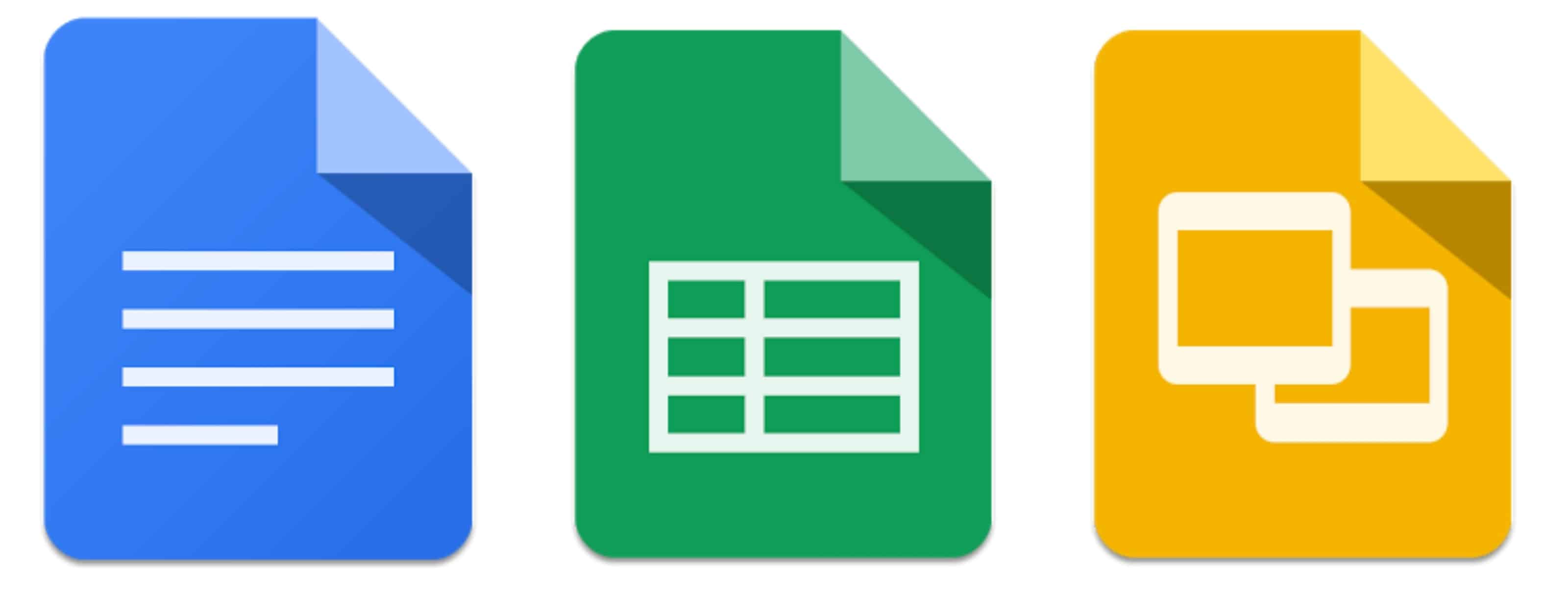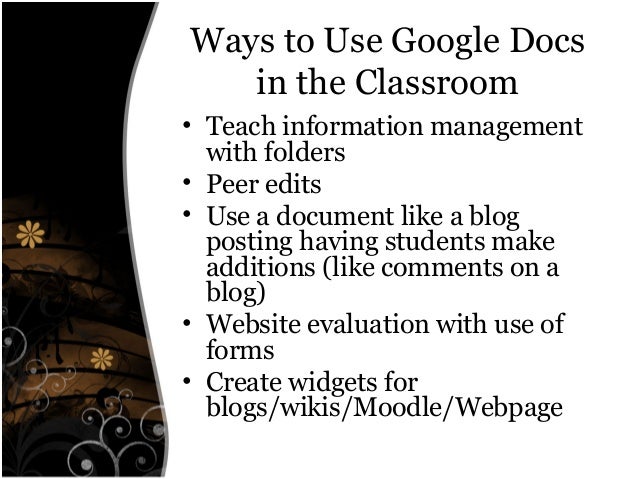
The sharing features allow teachers to provide group access to the same documents, which can serve as at-home study guides. Google Docs can also help students and teachers streamline homework assignments and class projects. The documents require a password, so only the teacher controls who can view the documents at any given time. Teachers can easily create class documents and lesson plans from home, save them to the cloud, and then access them from the classroom when needed. So in what ways can Google Documents help teachers and students? The answer lies primarily in its accessibility features. How can teachers benefit from Google Docs? To create a file, simply select whether it will be a document, spreadsheet, presentation, drawing or form, and follow the prompts that Google provides. Google Documents takes a cue from those programs to create a simplified way of creating documents. Many students and teachers are familiar with traditional word processing software programs. “Disable options to download, print, and copy for commenters and viewers” is a neat addition, but it’s not a foolproof security or privacy feature.Perhaps one of the best features about Google Documents is its ease of use.

It’s a way to communicate that the file owner doesn’t want the contents to be shared broadly. This feature is meant as a deterrent and a reminder.

Google described the feature as “perfect for when the file you’re sharing contains sensitive information that you don’t want shared broadly or leaked.” That said, remember that you’re still sharing the file: If someone really wants, they can manually reproduce the content, or just screenshot each page. This is very much limited to the Google ecosystem: If you share the file via email, Google can’t help you.Ī notification at the top of the File and Edit menus will let the user know a given file has been limited:

Being the file owner is a requirement (though if you really want, you could make a copy of the file, limit it, and then re-share it).įinally, this feature removes all entry points for downloading, printing, and copying in not just Google Drive, but also Google Docs, Google Sheets, and Google Slides on all platforms.

This makes sense: If a file is shared with you, you can’t then go ahead and disable downloading, printing, and copying for it. Next, you can’t enable this feature if you don’t own the file. First off, this is only available on Google Drive for the Web (though presumably it will arrive on other platforms sometime soon). There are some more restrictions you should be aware of. On the flipside, developers can access this functionality through the Google Drive API. Note that you can’t choose to limit one or two of the three options: If you’re disabling downloading, you’re also disabling printing and copying.


 0 kommentar(er)
0 kommentar(er)
